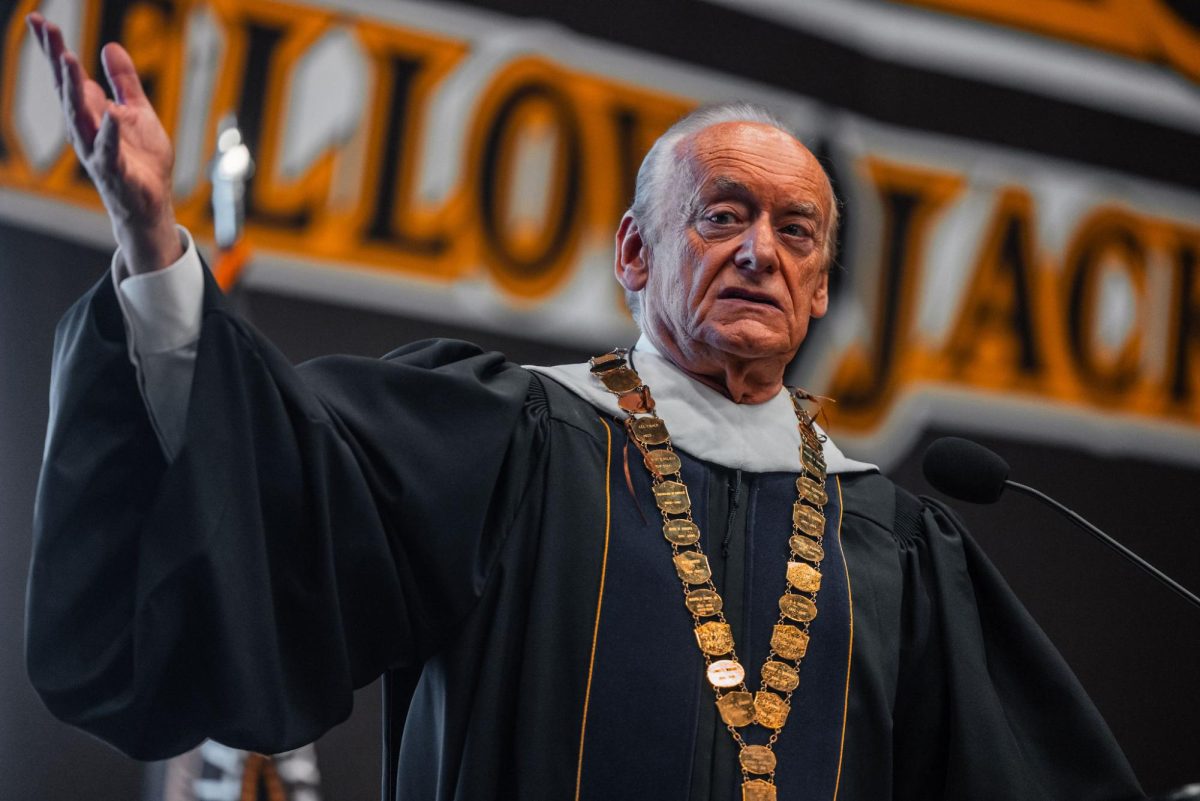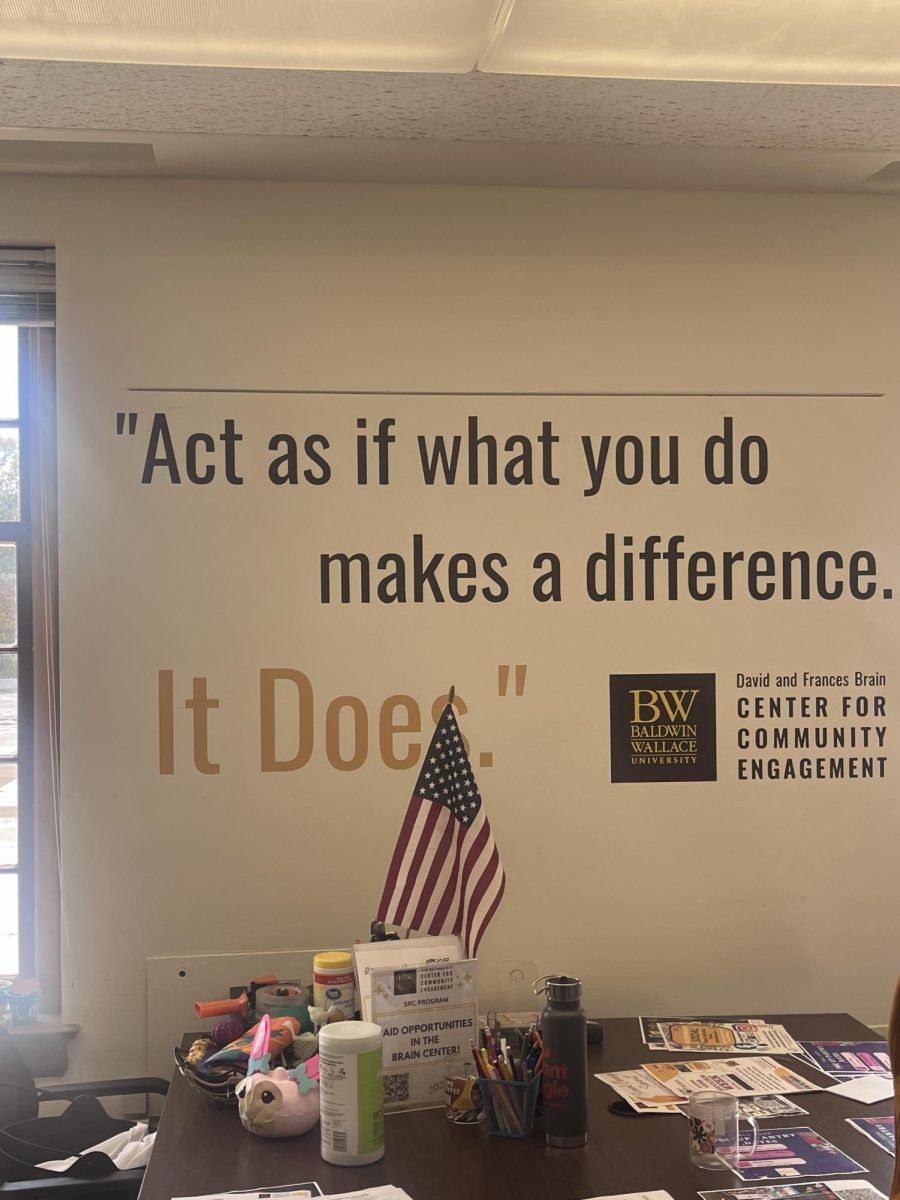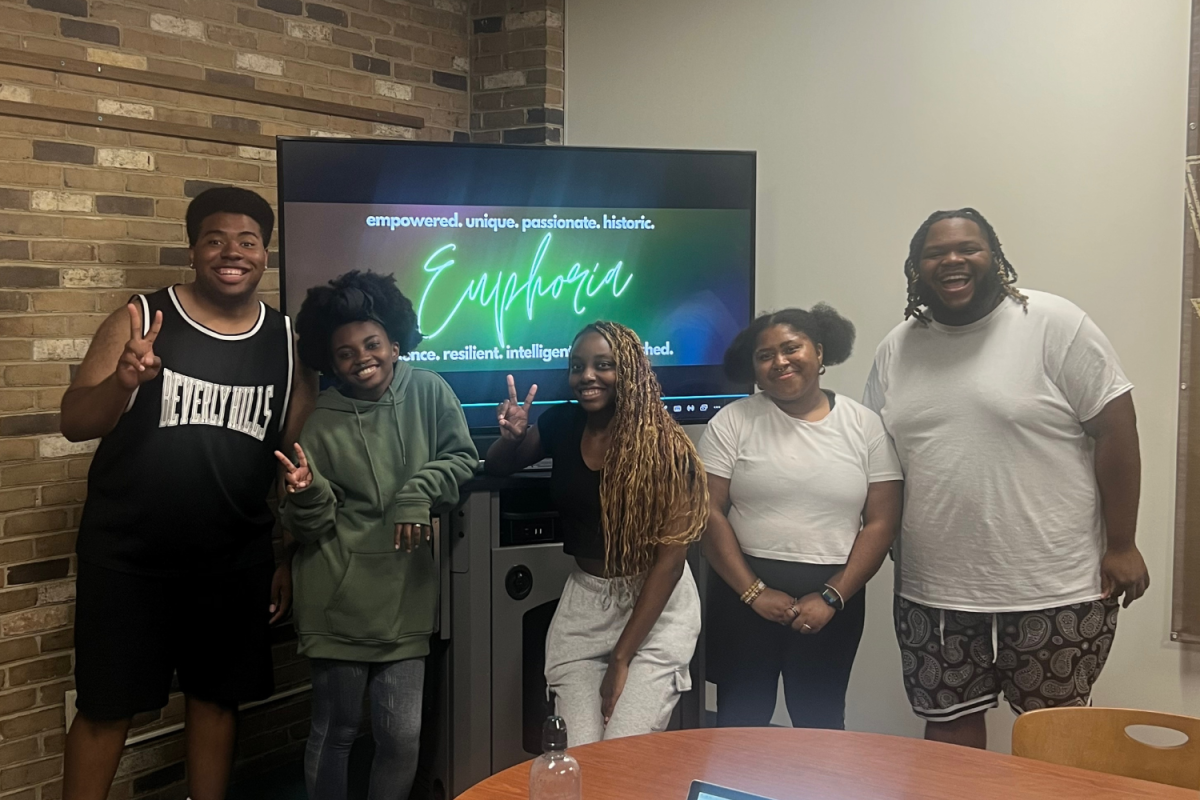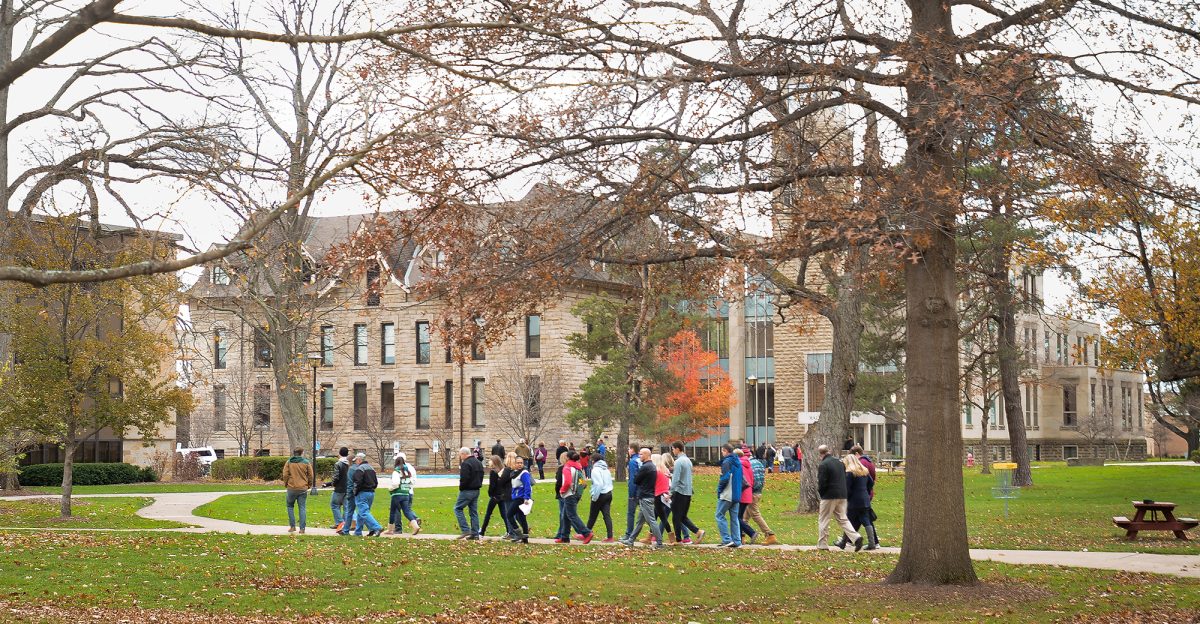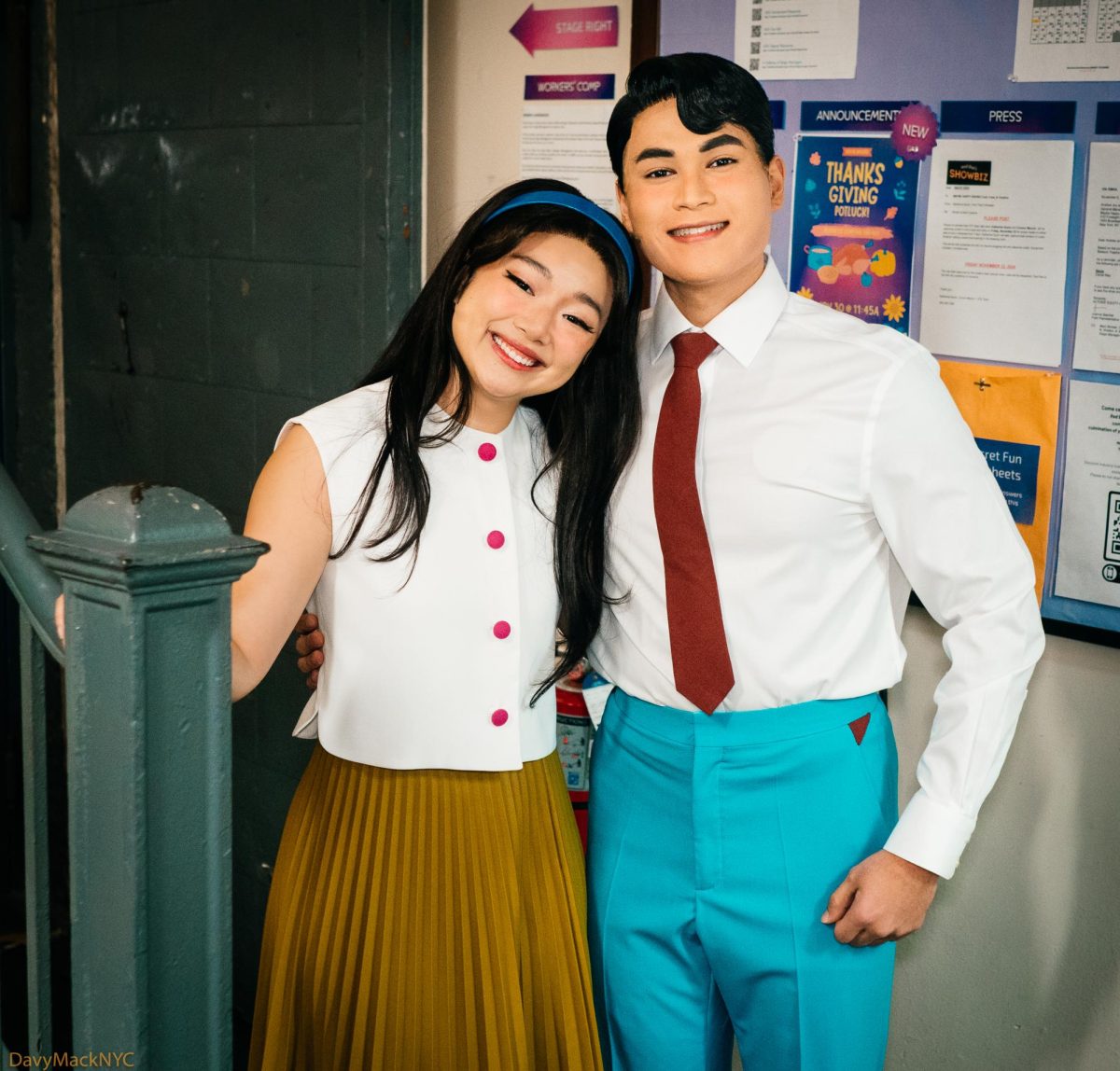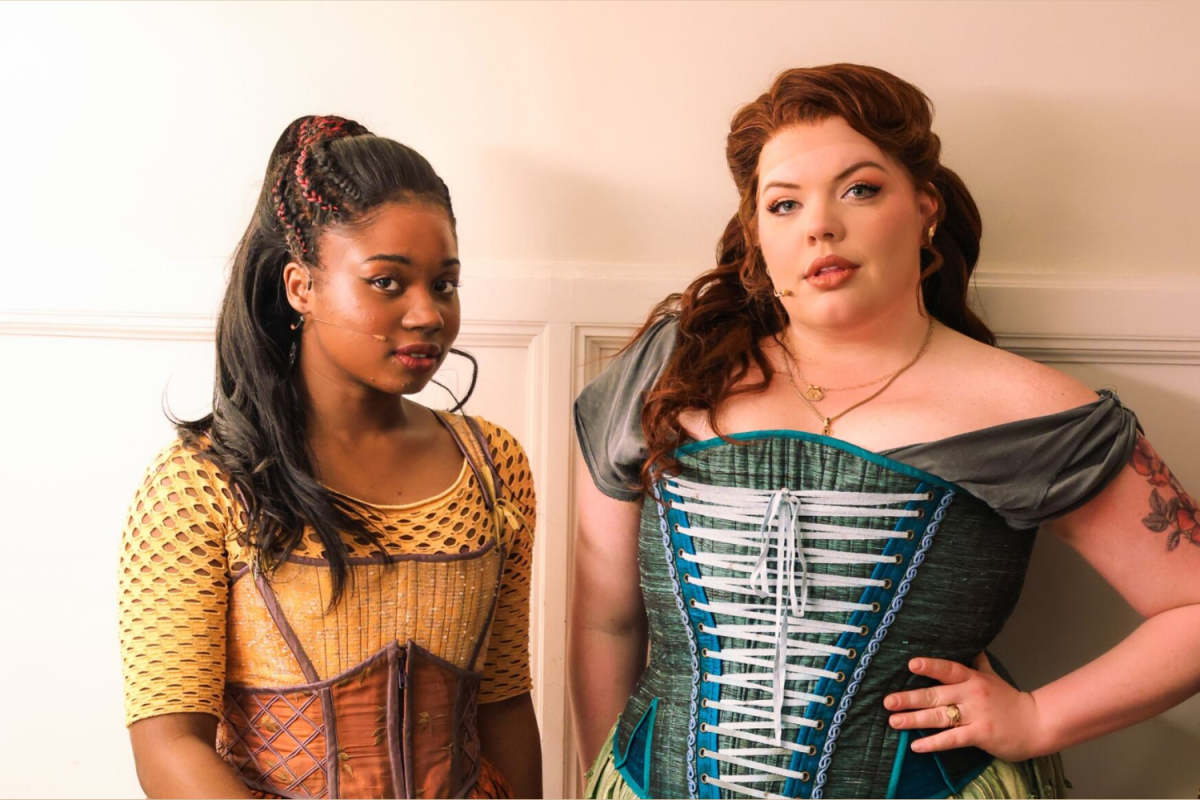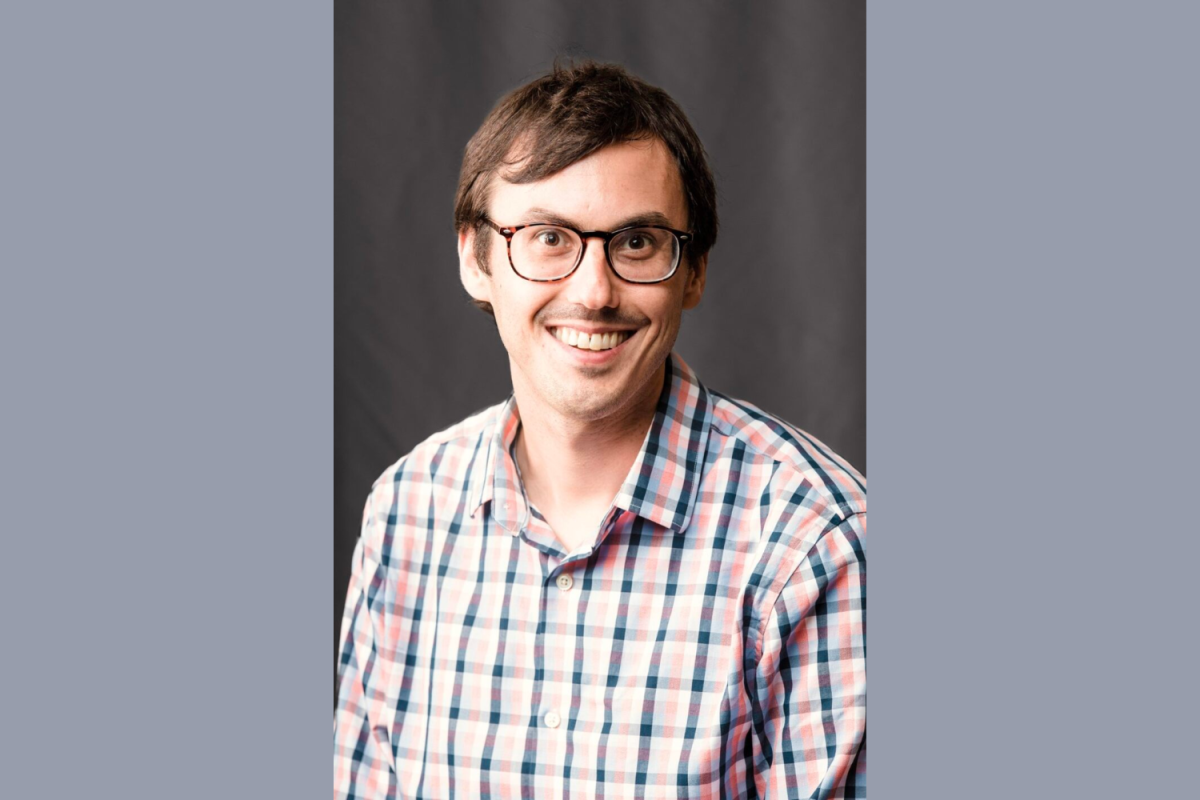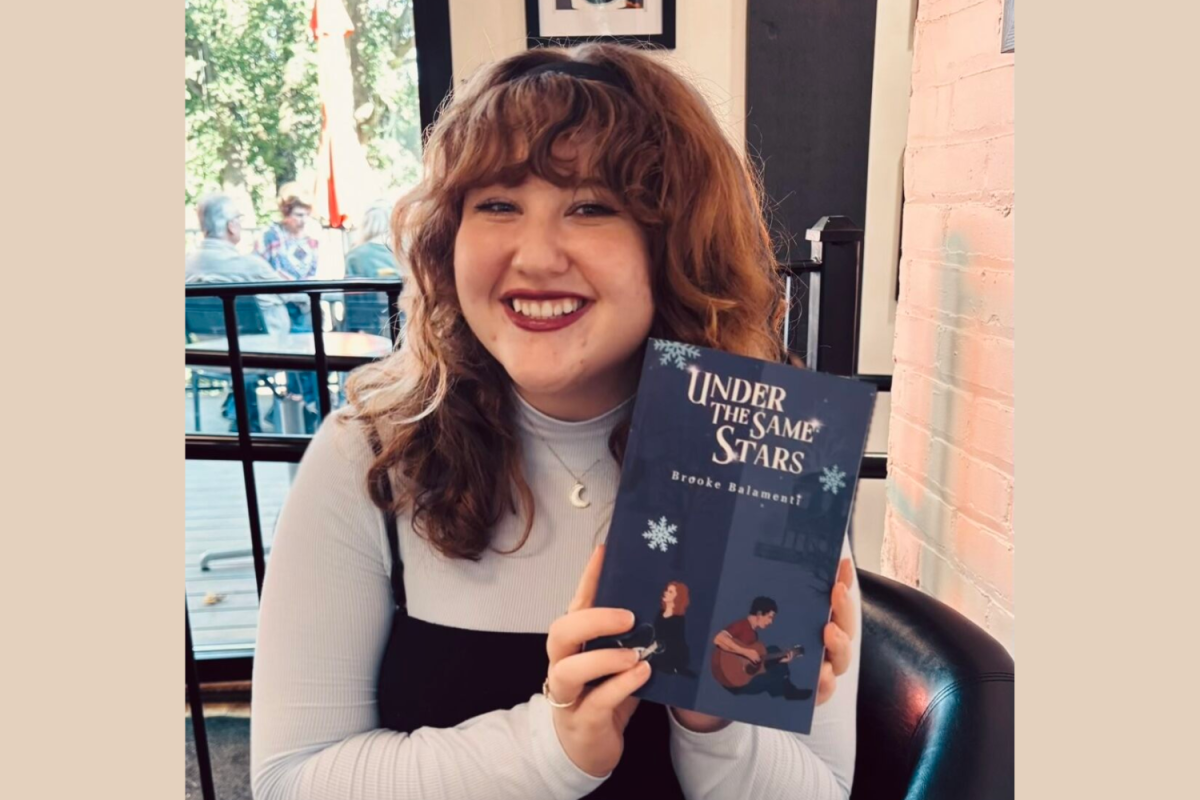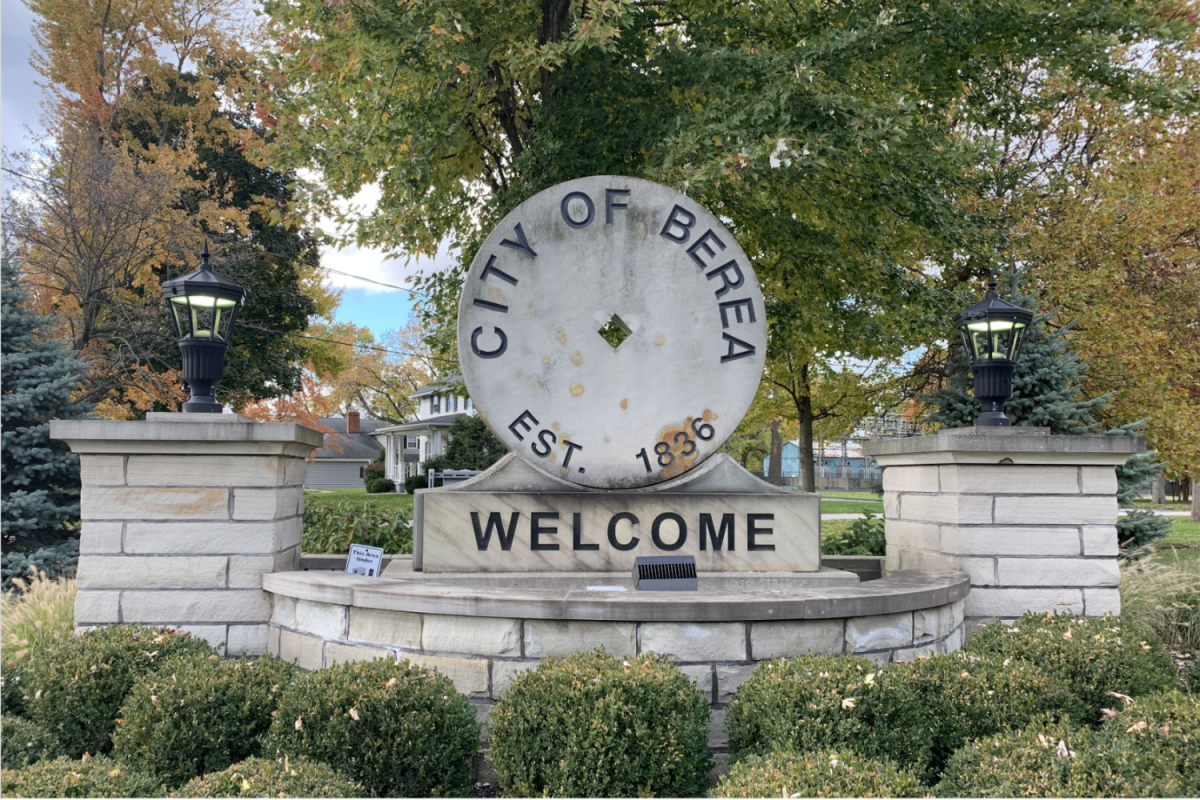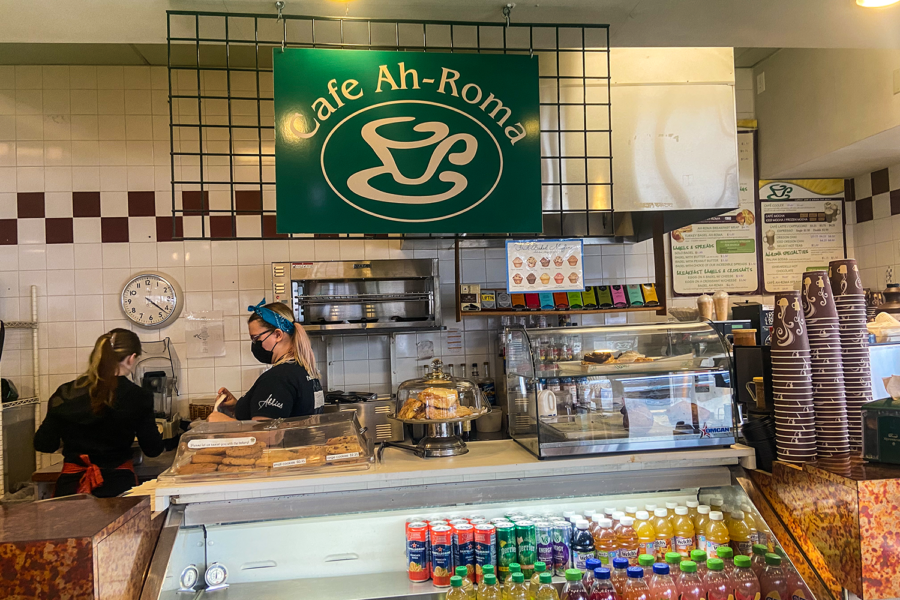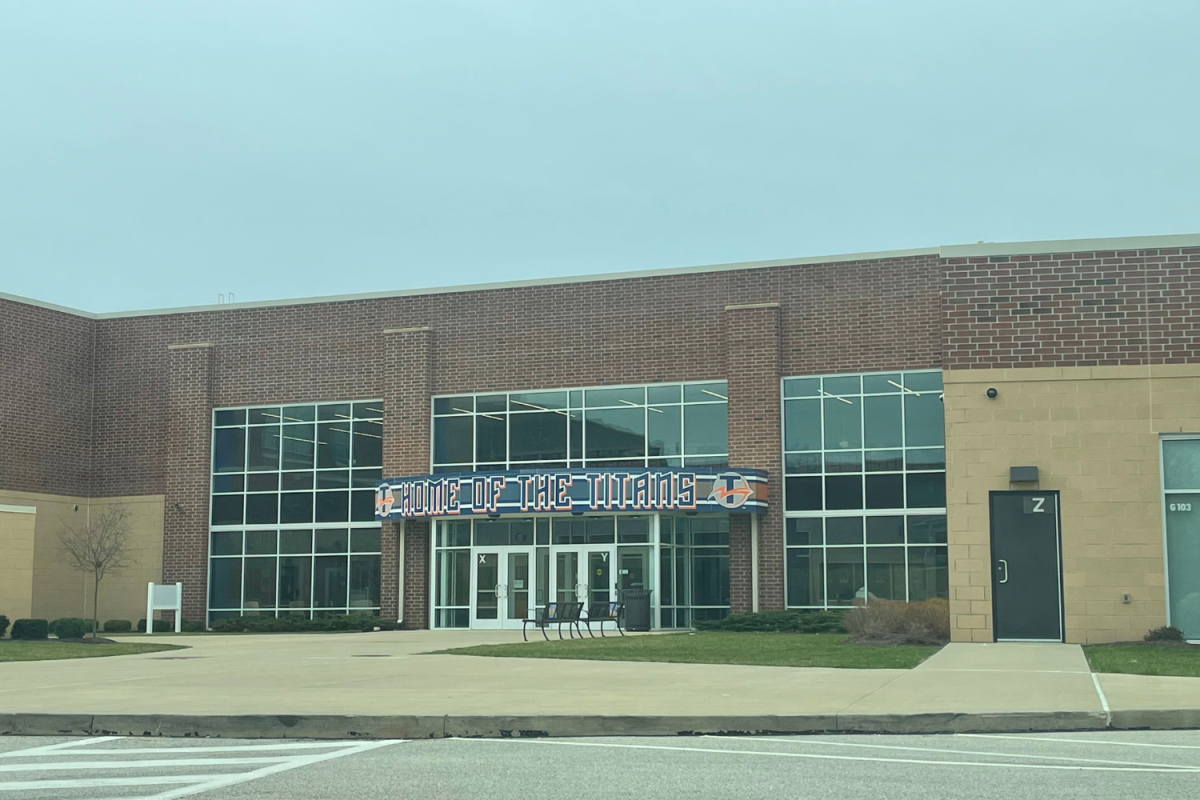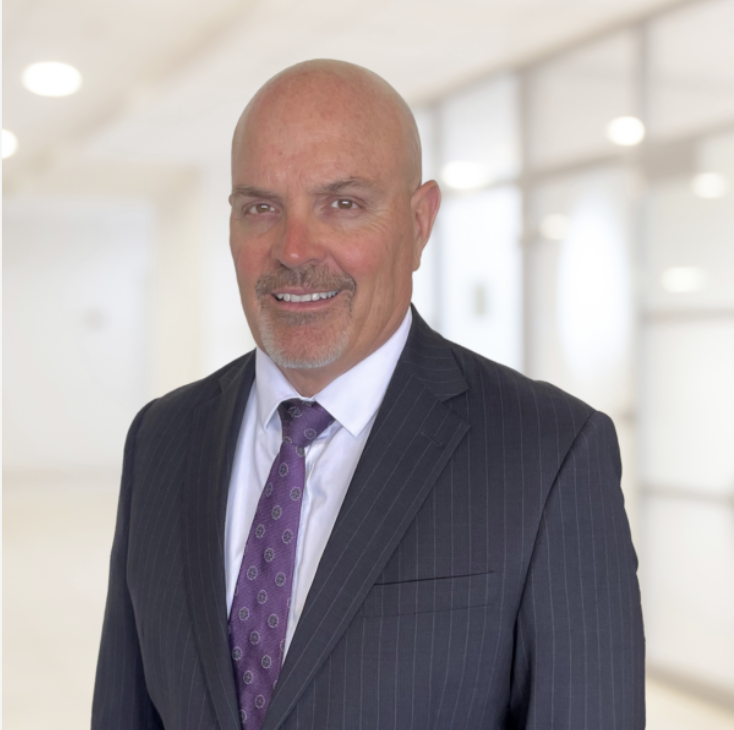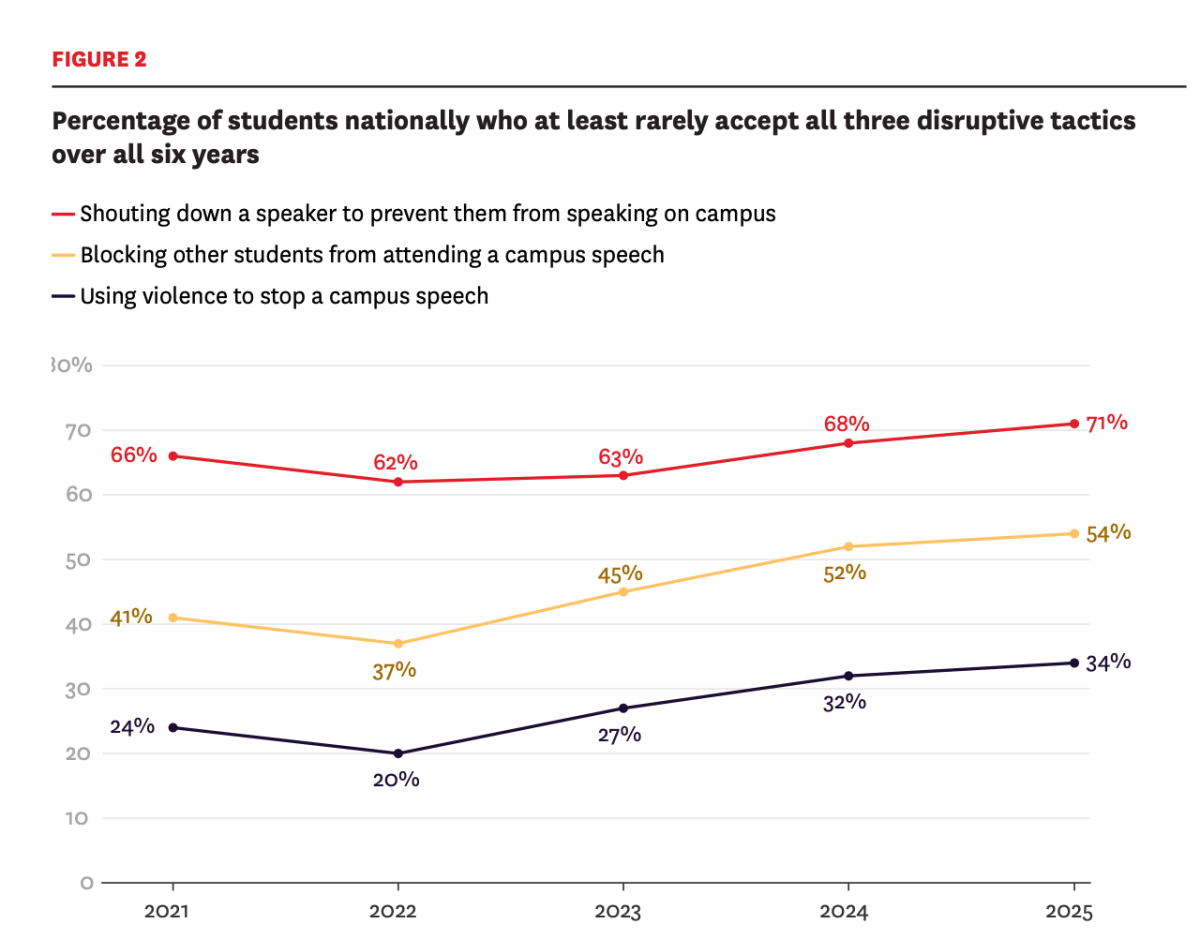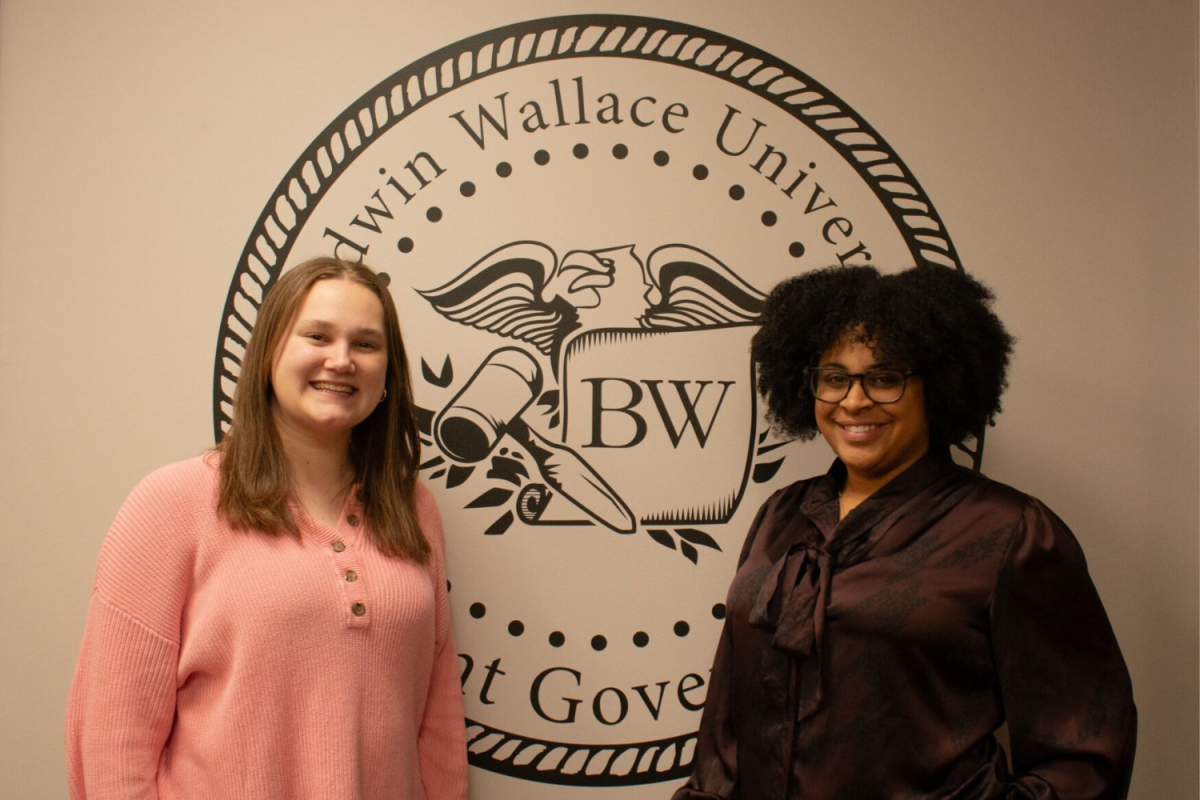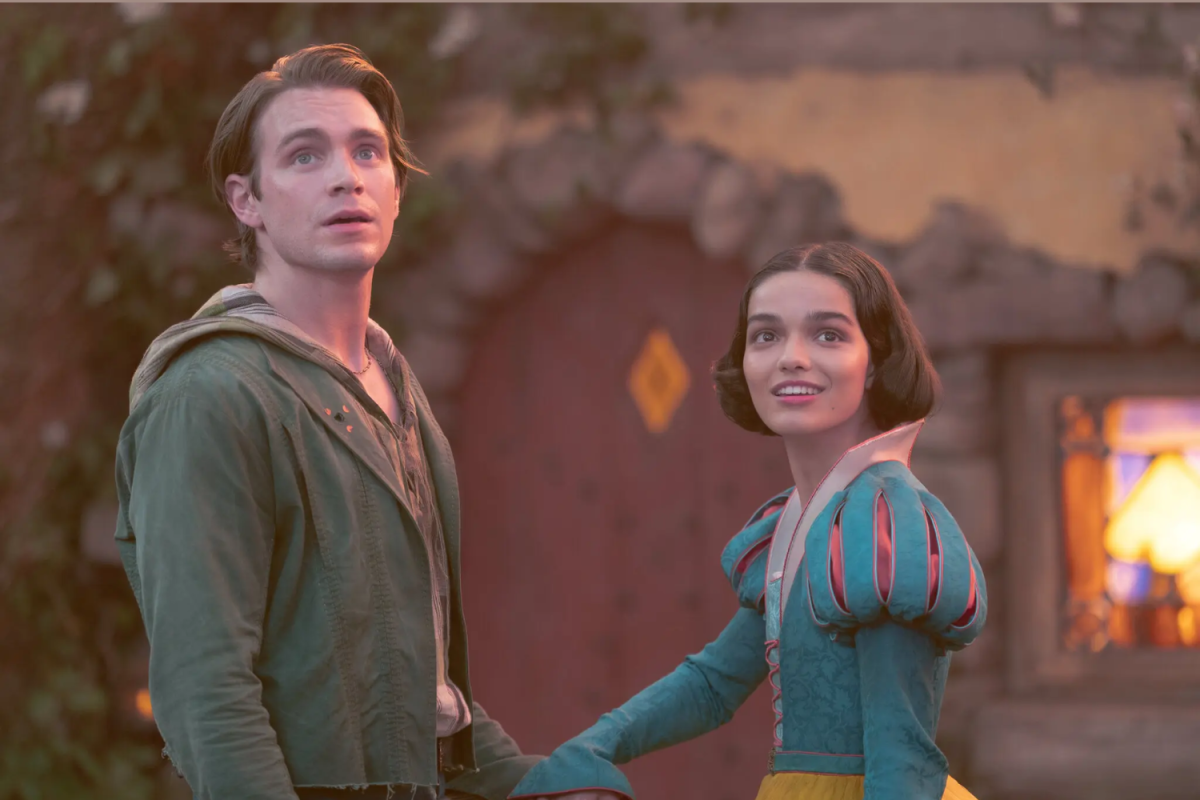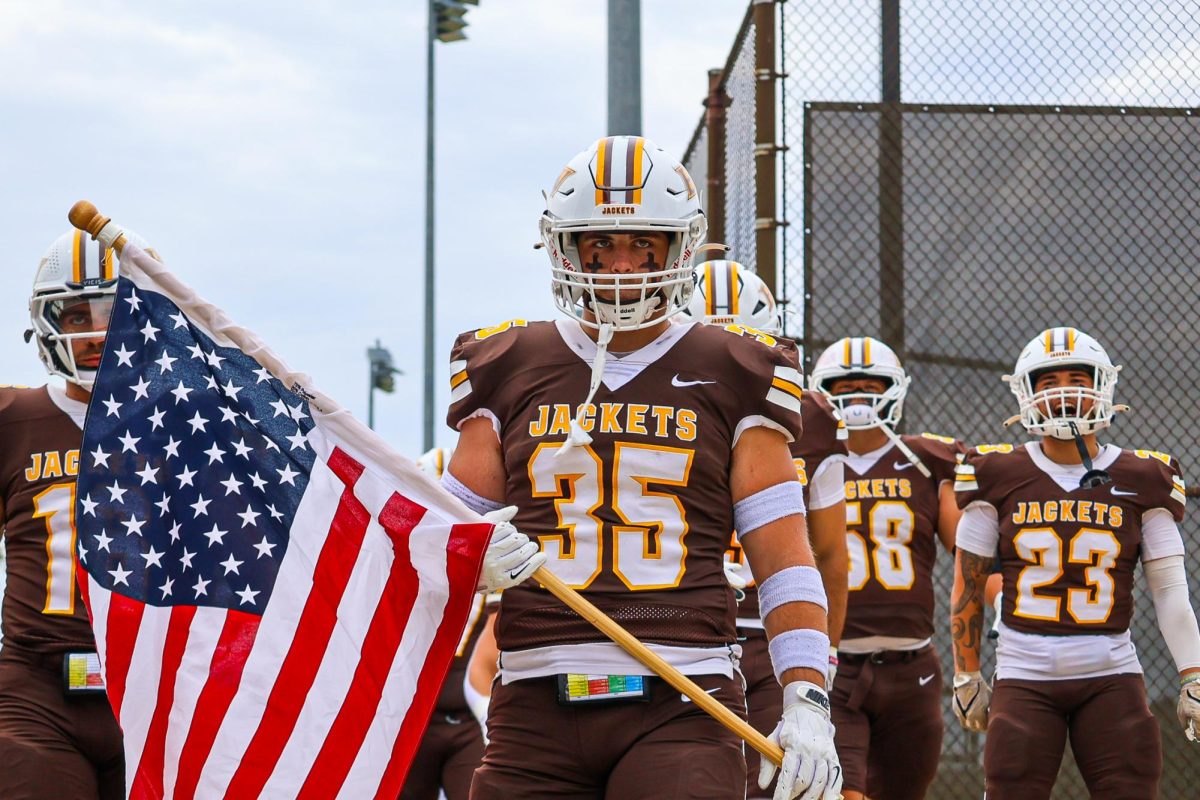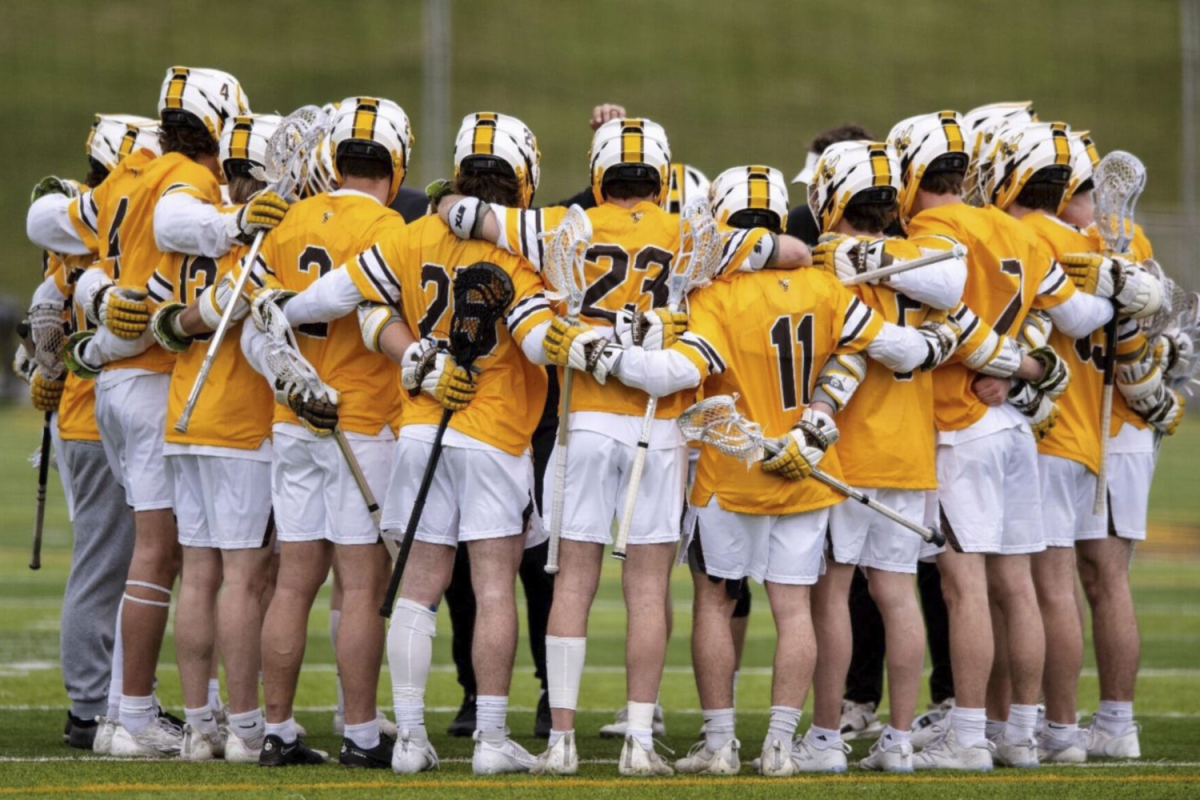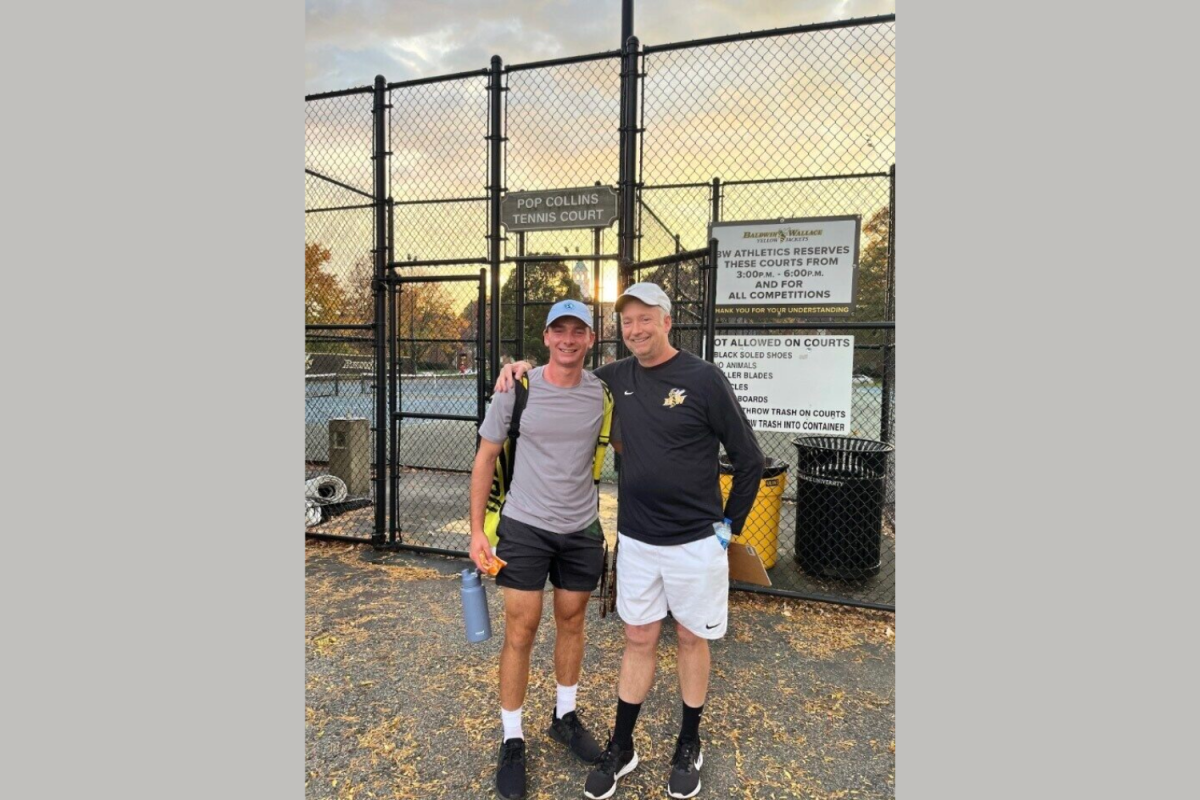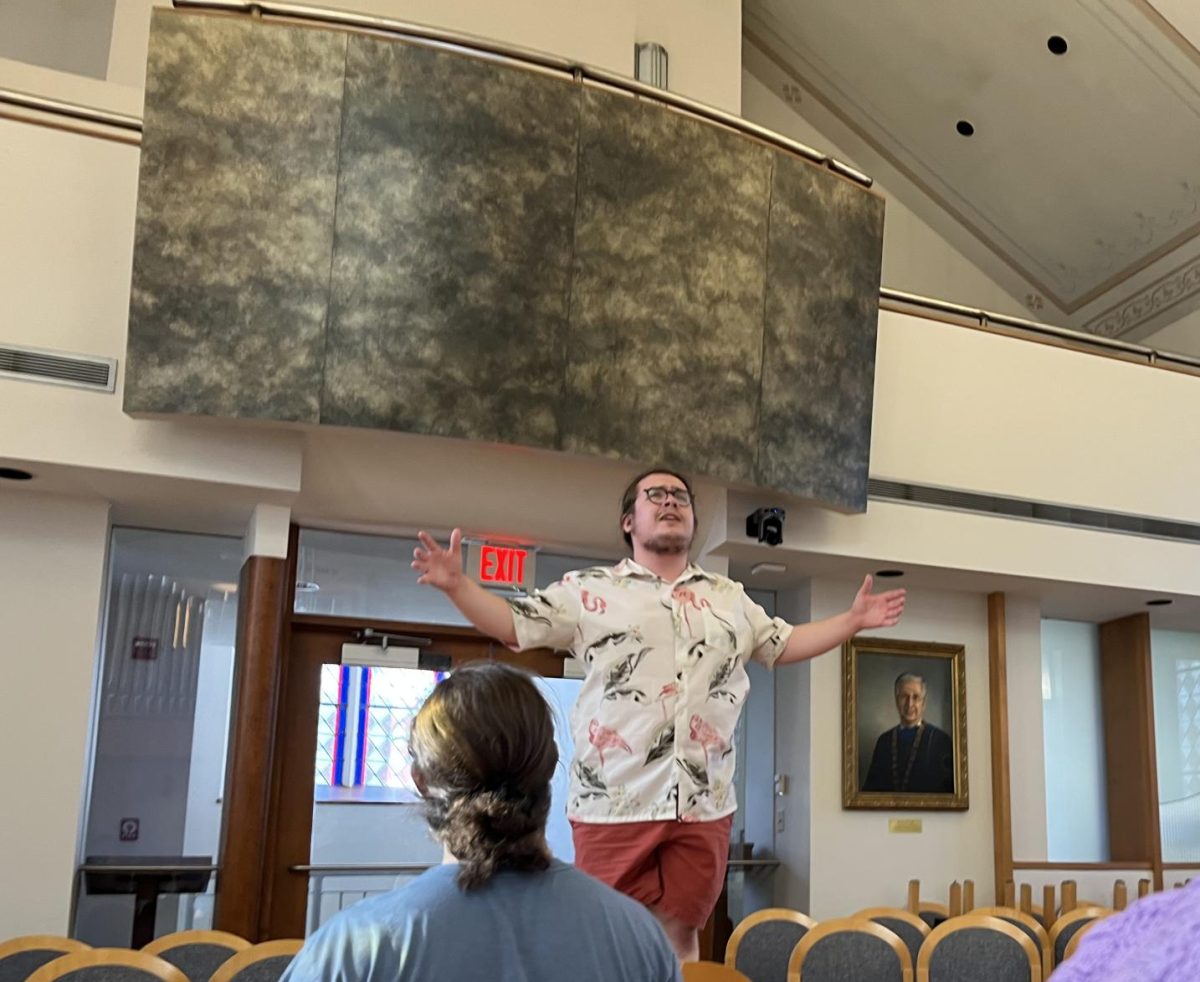On Nov. 10-12, Baldwin Wallace University’s BFA acting student Nash Feiler debuted “We Believe You” at the Lindsay Crossman-Chapel with a fully interactive audience and undergraduate student cast of seven. Calvin Cavagnaro, a third-year BFA acting student, portrayed the role of Mike and said the story represents believing in people’s supernatural stories and traumatic experiences.
“At its core, it’s about believing people,” Cavagnaro said. “And while a lot of these supernatural experiences are allegories for serious things, a lot of the times when people have serious things happen to them, they come out and tell these stories and they are immediately met with derision.”
“We Believe You” was a two-year writing process and began casting over this past summer. Feiler wrote the play in hopes of it feeling as authentic and in real-time to audiences as possible.
“It’s meant to feel right on your level,” Feiler said. “We have a focus group for six people; they’ve all experienced the supernatural, and they take turns sharing their trauma and their story, essentially.” The debuting of “We Believe You” was originally meant to be in Loomis Hall, but after scheduling issues and some redirection, Feiler discovered the Lindsay-Crossman Chapel as a space for the play.
There’s a lot of religious imagery that is bolstered by the fact that we’re in that space,” Feiler said.
The entirely student-driven production did involve the supernatural, and an open floor of audience participation for sharing their own personal supernatural experiences. However, the play mainly consisted of an overarching theme of trauma and being believed.
Sallee Collins, a first-year BFA acting student and cast member, said that Feiler was able to display deep concepts throughout their work.
“They figured out a way to take such complex ideas like trauma, neglect, nihilism and existentialism and put it into something that everybody knows about: ghosts and aliens and stuff. Stuff that you can’t explain, as an explanation,” Collins said.
Feiler, who also directed the piece, encourages other students to put forth their original work. “We get a precious few truly student-driven projects, and I would so love to see more of those,” Feiler said. “It’s a lot of work, but it’s worth it.”

